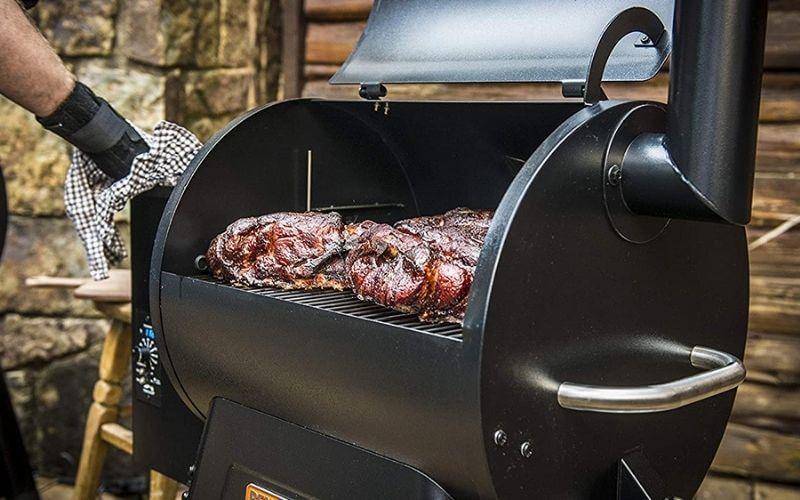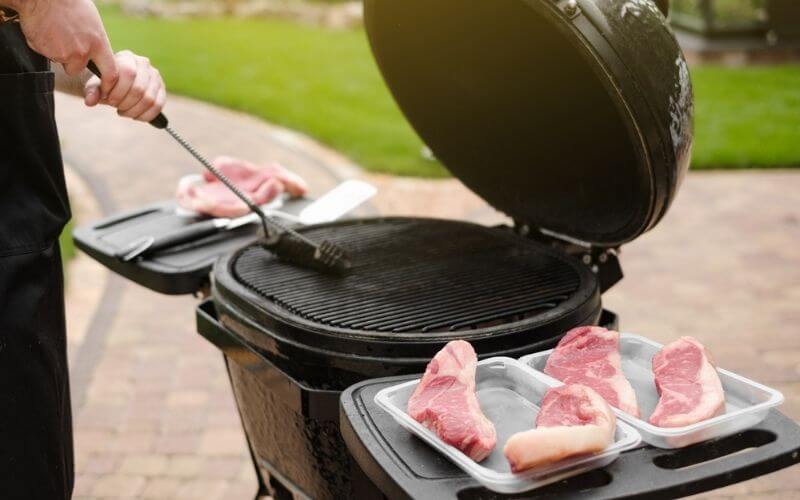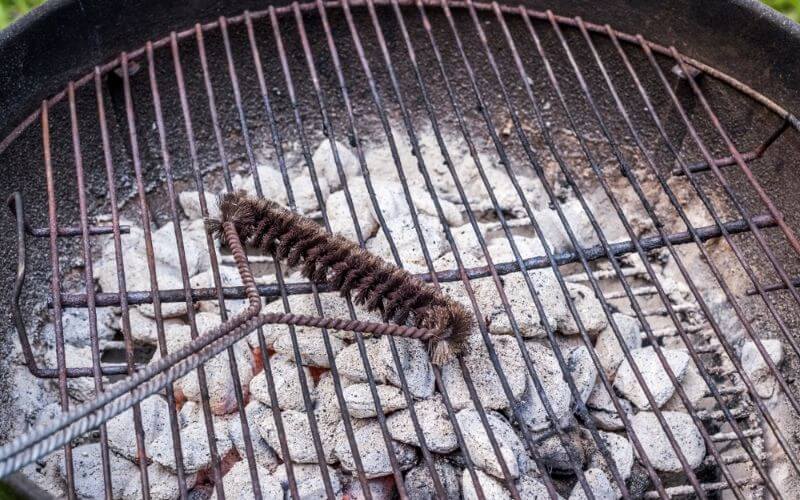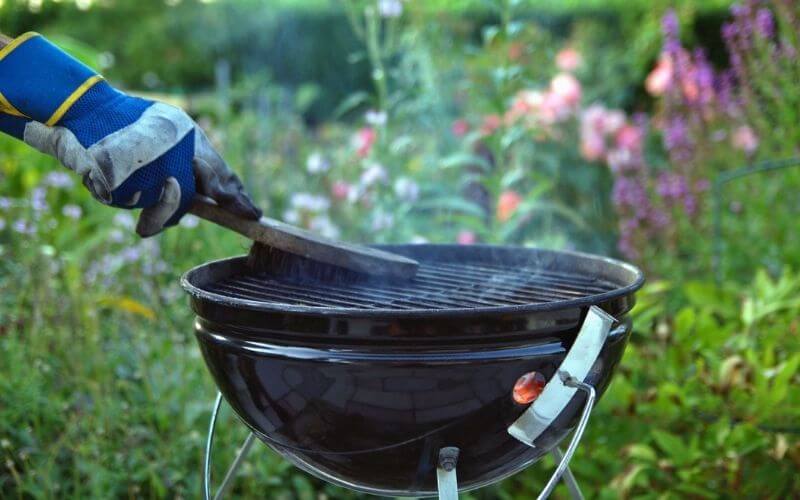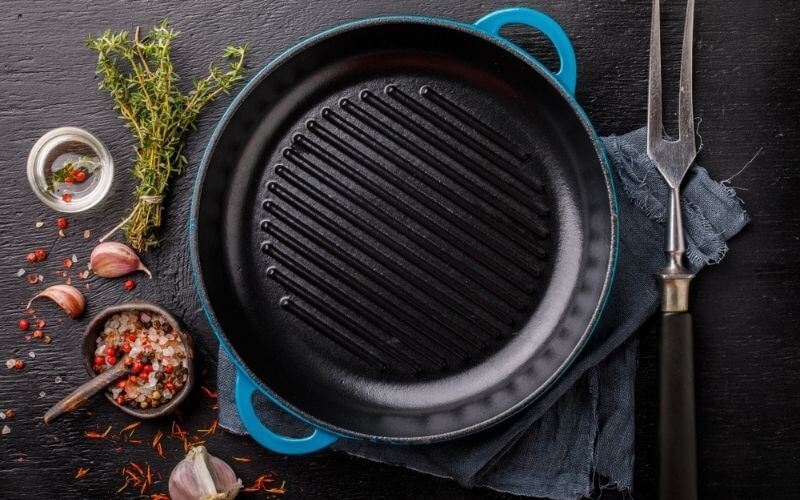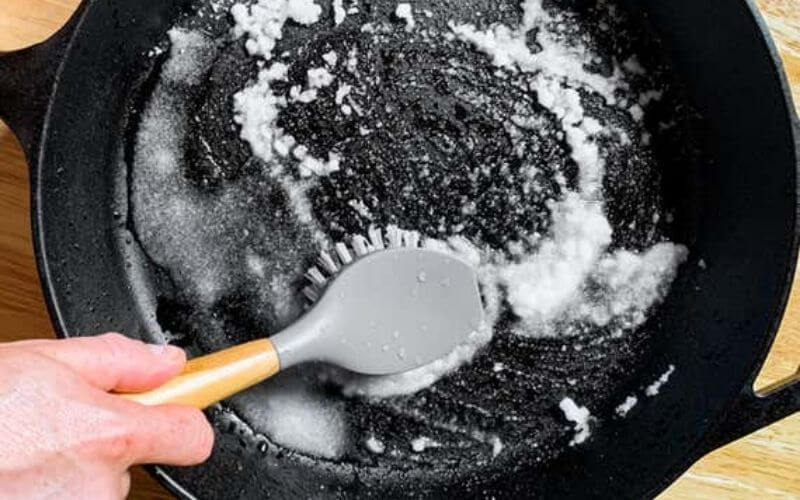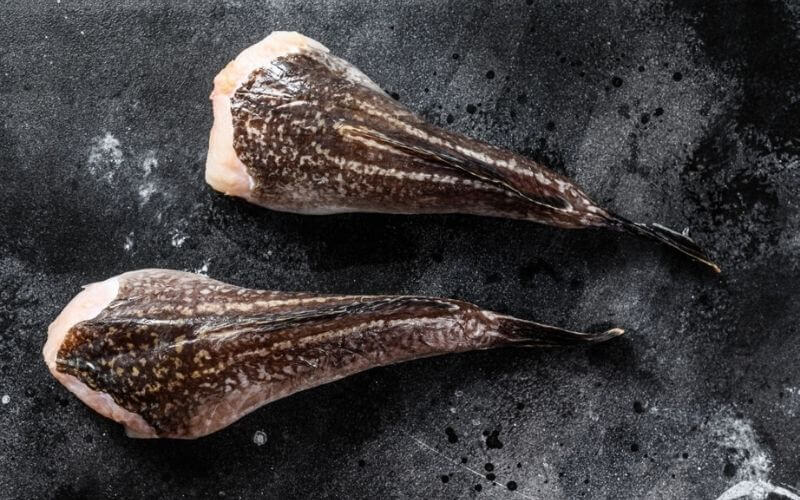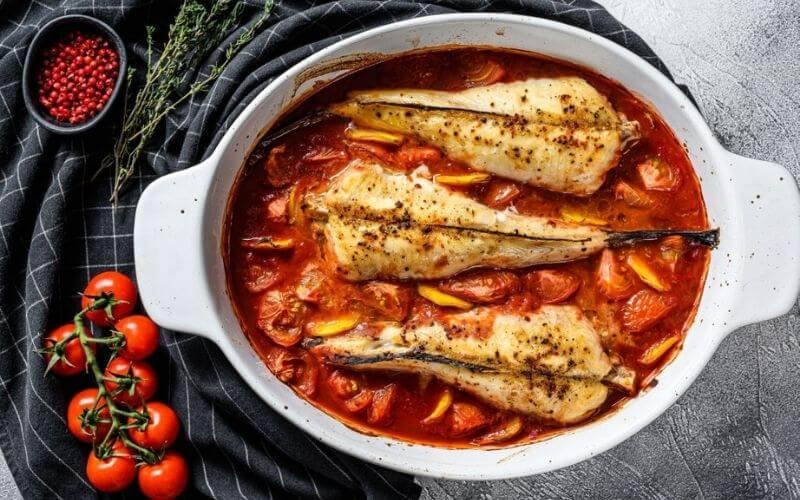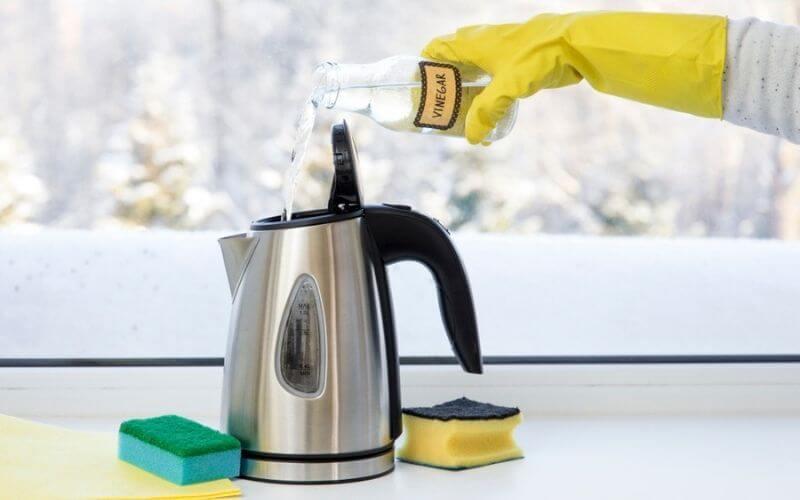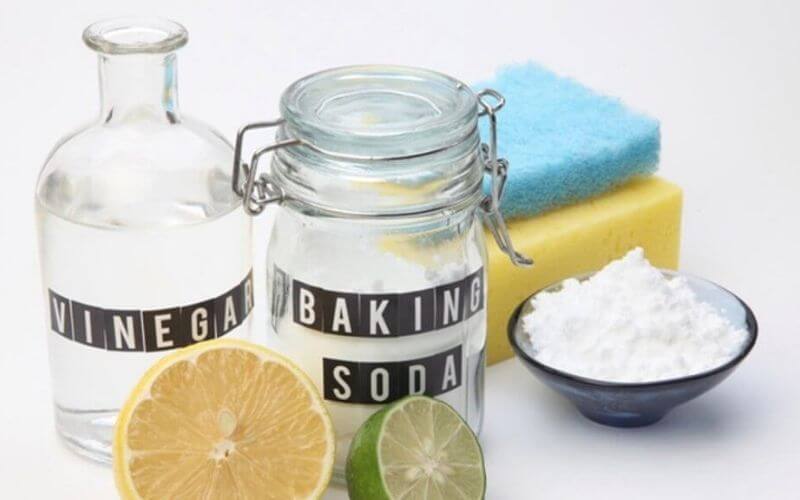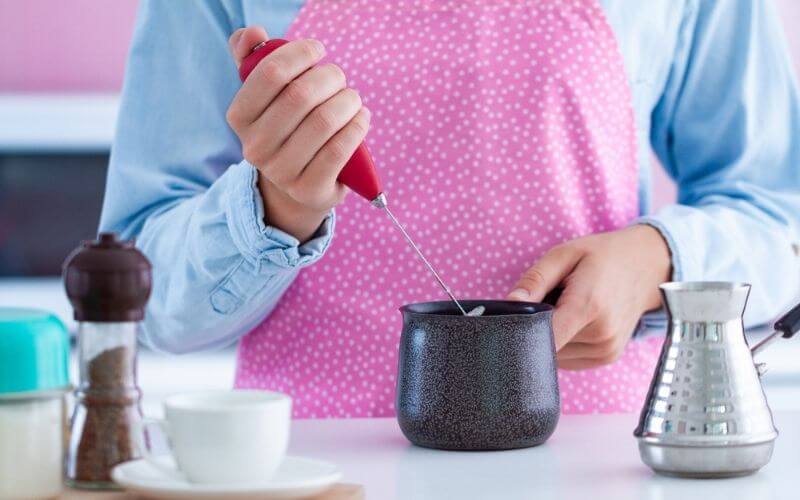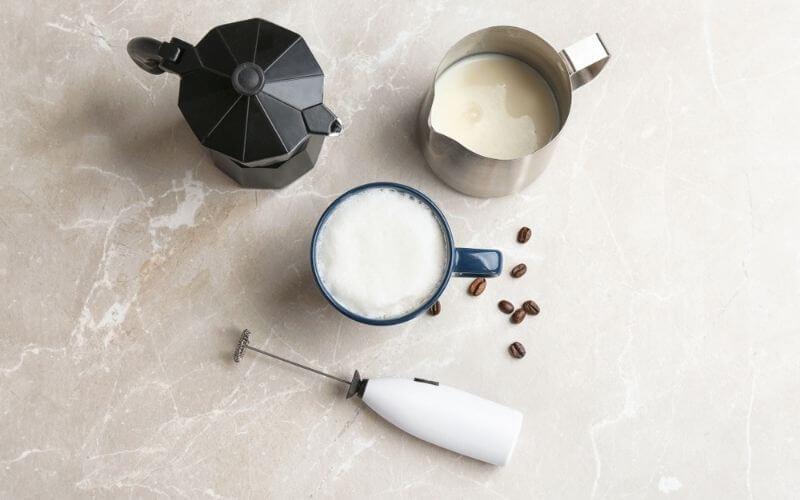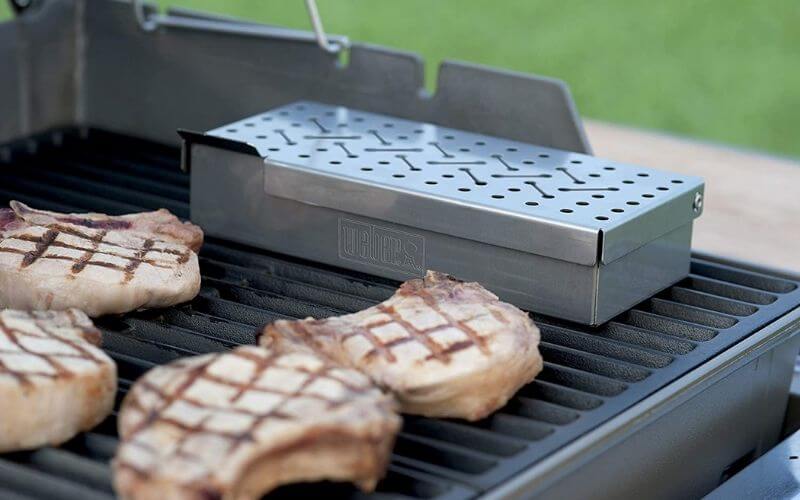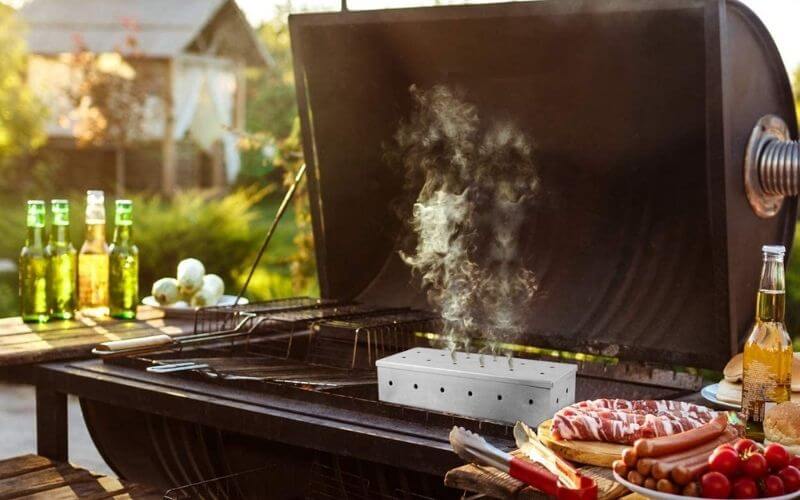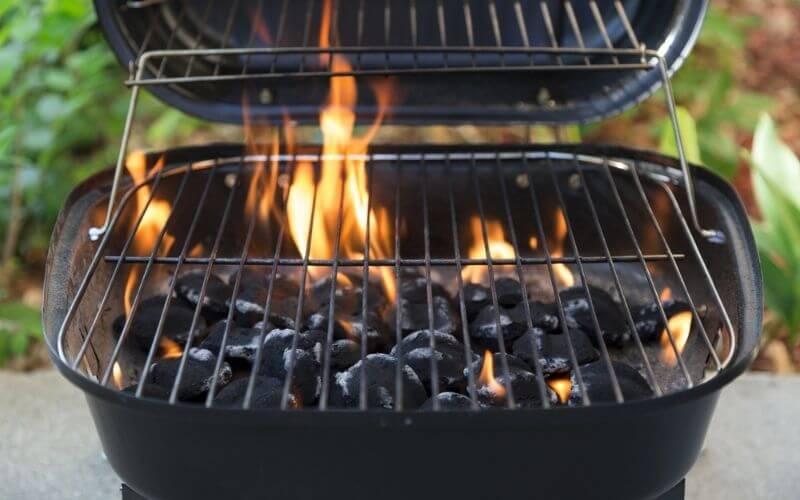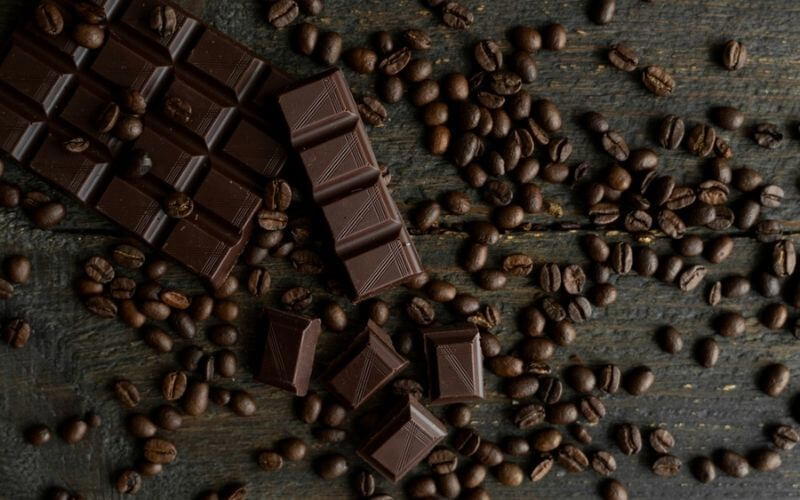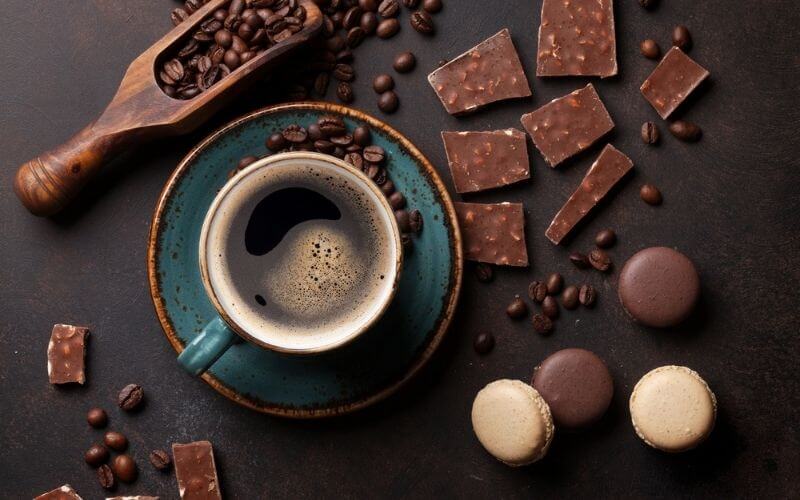Bought a brand new Traeger grill, but don’t know how to fire it up? If you are new to grilling or are more used to gas or charcoal or traditional wood burning grills, switching to a Traeger can be a little nerve-wracking. But while you might find starting a Traeger pellet grill difficult, these appliances are among the best out there.
Besides using a Traeger grill for preparing burger patties, cooking juicy ribs, and grilling steaks, you can also use them to smoke sausages, cheese, and even herbs and spices. But before getting that far, you need to know the 101 on Traeger startup and assembly.
In case you’ve never used this kind of grill before, let this article be your Traeger grill manual. We will show you how to start a Traeger pellet grill, use it the right way, and take care of it for the long haul. Since there’s a lot of ground to cover, let’s get started!
You may also like: What is Medium Heat on a Grill: Cracking the Temperature Code of Your BBQ
What is a Traeger Grill?
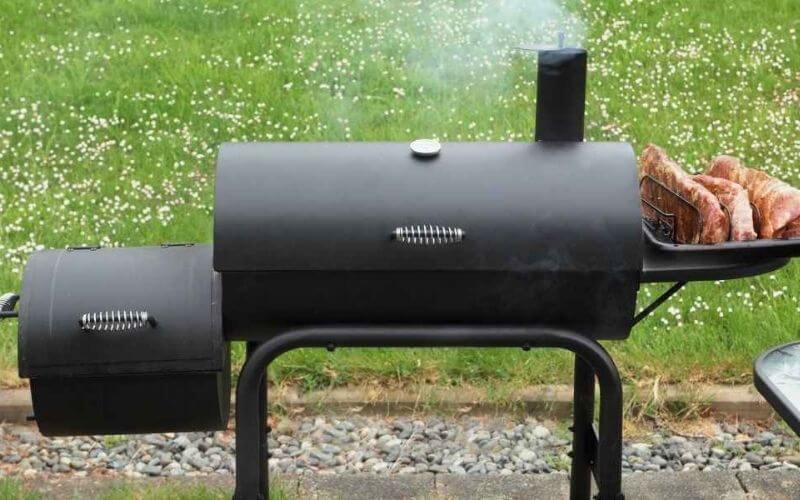
Let’s start with the introductions. The Traeger is a wood pellet grill.
To use it, pellets are drawn from a side-mounted hopper to a central burn chamber using an auger, then lit by a hot metal rod. This mechanism runs on electricity, so you need to plug it in before use.
Top 3 Benefits of a Traeger Grill
There are several benefits of using a Traeger pellet grill.
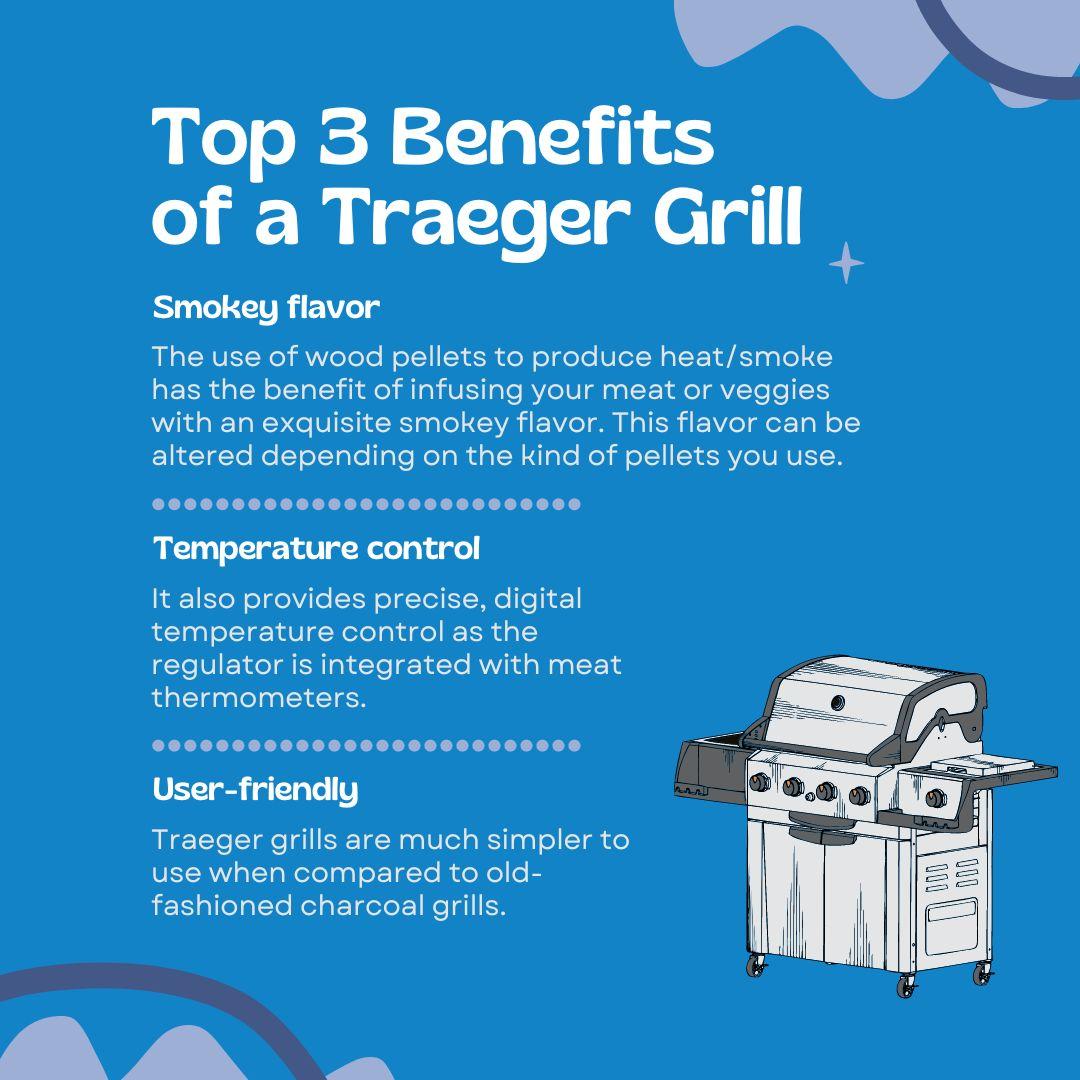
- Smokey flavor
The use of wood pellets to produce heat/smoke has the benefit of infusing your meat or veggies with an exquisite smokey flavor. This flavor can be altered depending on the kind of pellets you use (check out any Traeger pellets guide!).
- Temperature control
It also provides precise, digital temperature control as the regulator is integrated with meat thermometers. This means that you can set the desired temperature easily by choosing a setting on the dial. At the same time, Traeger pellet grill assembly instructions are easy to follow.
- User-friendly
Traeger grills are much simpler to use when compared to old-fashioned charcoal grills. You can control the desired cooking temperature and smoke plus, the different flavored Traeger wood pellets are easy to use to lend different smokey flavors to your food.
These benefits make a Traeger pellet grill a great choice for grill novices!
How to Start a Traeger Grill

There are two main ways to start a Traeger wood pellet grill, depending on the model you are using. A Traeger not igniting can be fixed by following these steps.
For Closed-Lid Models:
This may be the simplest way to set up your grill. Check your grill model number to see if this model applies to your Traeger pellet grill.
- When you are ready to grill or smoke, just set your Traeger pellet grill to the desired temperature, using the knob on the control panel.
- Preheat the wood pellet grill for 15 minutes with the lid closed to bring it up to temperature.
- Then open your grill lid and add food, as the unit is ready for use!
For Open-Lid Models:
- To start, assemble the grill according to the make and grill model, as instructed by the manufacturer in the manual. If you are igniting your grill for the first time, take out the grill grates, grease drain pan, and heat baffle. This will make any Traeger grill troubleshooting and other start-up issues easy to deal with.
- Start by plugging your grill into an electrical socket or outlet. This is because the internal fan, thermostat, and igniter are all powered by electricity.
- Add the wood pellets to your grill’s hopper. This is the large metal box attached to the main body of the grill. If your Traeger ran out of pellets while cooking, you can add more from the hopper.
- Then, preheat your grill. To do this, open the grill’s lid and switch it on. This can be done by toggling the power switch found on your unit’s control panel to the On setting.
- Then, look for the Traeger smoke setting. There is a small temperature dial on the grill’s control panel. For instance, the Traeger Pro 780 smoke setting.
Turn the knob on the dial to the Smoke setting. If your grill doesn’t have this option, set the Traeger smoke setting temp to between 160°F (71°C) and 200°F (93°C). - Let the grill come up to temperature by letting it sit for around 5 minutes.
- Once the grill starts making a lot of noise, it is a sign that it has reached the target temperature. At this point, shut the lid until you are ready to start adding food to preserve heat and smoke.
- You can also increase the temperature at this stage, before adding meat if you want to sear your food.
- Don’t forget to hang a grease bucket by the side of the grill to collect all the grease from grilling or smoking.
- If your Traeger won’t turn on, check the auger, fan, or hotrod for malfunctioning. If any debris or dust is clogging up these components, your grill won’t be able to start properly.
Using a Traeger Pellet Smoker:
These steps will help you make sure that smoking on your Traeger grill is a success every time.
- Start by plugging in your Traeger and selecting the smoke setting. Or set the temperature dial to 190°F (90°C).
- Make sure the auger is spinning. The auger feeds the pellets from the pellet hopper into the burner.
- Ensure that air is blowing out of the burner and that it is heated through.
- You should be able to feel the air blowing out of the pellet smoker with your hand. The fire pot will smoke a little, and then begin to glow red as it heats up.
- Replace the baffle, grease pan, and grill trays into the smoker, and then pour the pellets into the pellet hopper.
- Shut the lid, and then set the smoker temperature to high.
- Allow it to smoke on high, with the lid closed, for 45 minutes if using it for the first time to season the smoker.
- If you have a Traeger not smoking, the temperature might be too high, or the pellets not hard enough.
- Then add your meat to the grill body, lowering the temperature to your desired heat. For the best results, follow the Traeger meat temperature probe instructions as this will give you even better temperature control.
- Check if the grease bucket is there to catch the grease from all the cooking.
If you want to smoke food perfectly, use a pellet smoker tube to convert your grill into a Traeger electric smoker to better infuse the smoke into the meat or cheese.
Just cram it full of pellets, light one end with a blowtorch or lighter, and set it on the grate in your Traeger. It will then burn for around 4 hours. Yup, smoking with a Traeger is really that easy.
How to Turn Off a Traeger Grill
After you’re smoking or grilling your food on the Traeger grill, follow the steps below to turn it off properly.
1. Turn the dial to the Shut Down Cycle setting on the grill. This step helps to stop the auger and speed up the fan and increase the hot rod temperature so that the leftover pellets are burned up.
This is important so that the pellets don’t continue to smolder. Moreover, once you’ve used these wood pellets, they can’t be reused. So, it’s better to burn them up.
The Shut Down Cycle setting on the Traeger grill makes sure that the next time you’re about to use it, you don’t come across a fire pot full of unusable pellets.
2. Keep the power switch on otherwise, it won’t work.
3. After about ten minutes, the fan will turn off automatically. Now, unplug the Traeger pellet grill after moving the dial to Off.
4. Wait until the grill grates have cooled down completely. Then, empty the wood pellet auger and the hopper. Put these pellets away in a resealable bag or bucket.
Pro Tip: Don’t be tempted to leave the pellets in the hopper as they will absorb moisture and won’t be ignitable. Plus, they could lead to mold formation in the hopper, adding an unnecessary chore for you.
How to Clean a Traeger Pellet Grill
Keeping your Traeger clean is the best way to make sure it keeps working properly for a very long time. It also prevents your food from tasting odd and also stops unexpected charring and even fires.
- Start with a cold or slightly warm grill. Take the grates apart and separate the other internal components.
- Use a strong degreasing grill cleaner to get rid of remnants of food, debris, and grease from the cooking grates. Don’t use a wire brush as this can scratch the enamel.
- Once the grill is cold, remove the drip tray, porcelain grates, and heat baffle. After 3-5 grilling sessions, use a vacuum attachment to remove excess ash from the firepot, and then replace the drip pan and other parts.
- Take out the grease pan and use something like a spatula or wooden spoon to scrape the congealed grease from the bucket. Clean the drip pan the same way. Then, clean the remaining oil with paper towels.
- Every couple of months, clean the smokestack and get rid of any debris stuck there.
- Do not use liquid cleaners on the inside of your grill. Either use a vacuum attachment to get rid of charred bits and ash, or use a cloth to wipe down the inside.
- Spray a mild degreaser on the outside of the grill and allow it to soak through, before wiping it away with a cloth.
- Reassemble the grill as specified by the manufacturer.
Maintenance Tips for Your Traeger
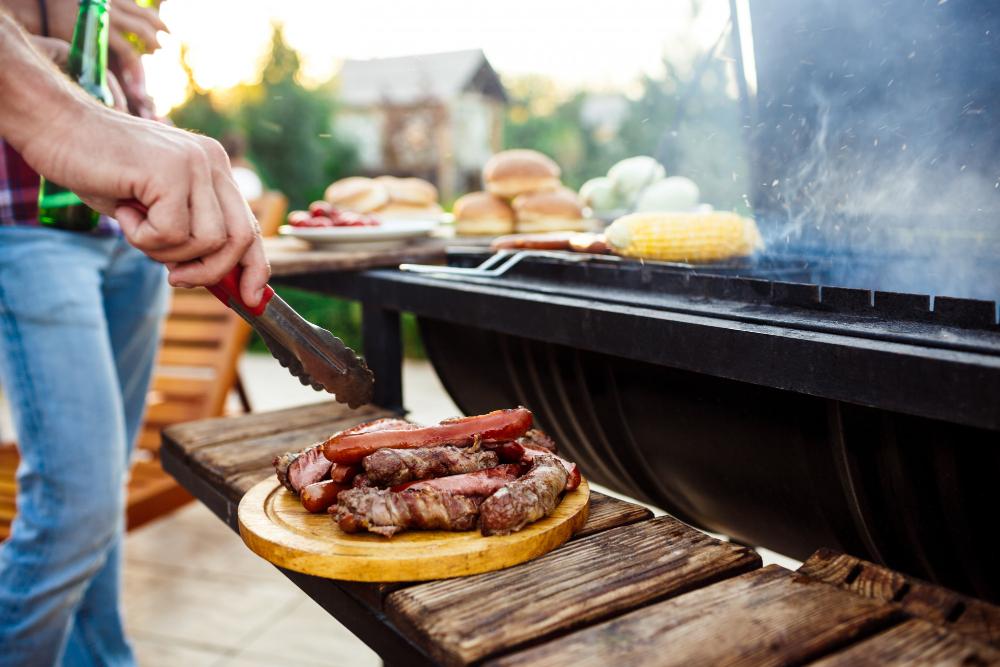
Besides cleaning your grill after each use, and spring cleaning it every grilling season, you also need to focus on maintaining it. This will prevent serious issues from taking over your Traeger and even slow down rusting, corrosion, and exposure.
- Invest in a grill cover, and use it to cover the Traeger whenever it isn’t in use.
- Keep your grill grates clean by removing grease and debris after each use. Once in a while, fire up the grill and keep it going on high for 10 to 15 minutes, burning out any bits of food and debris. Once it has cooled down again, vacuum the ash out from the grill.
- Store your grill in a cool and dry place during the winter. Make sure it isn’t kept in humid or damp conditions.
- Use a grill mat to minimize mess and simplify cleanup.
- Periodically get rid of old aluminum foil lining the drip trays and other components.
- To keep your grill grates looking new and shiny, wipe down the exterior of your grill after each cooking session.
- Make sure the wiring isn’t frayed and that the plug has all the screws attached. Replace worn-out wiring as soon as possible.
- Avoid using bleach, steel wool, wire brushes, and other harsh and abrasive materials when cleaning your Traeger.
Frequently Asked Questions
Below you’ll find answers to questions we get asked the most about starting and using a Traeger grill properly.
01. How Does a Traeger Grill Work?
Traeger units are pellet grills, which means they work by burning wood pellets that are lit by a HotRod. The wood pellets are placed in the hopper and are then moved to the fire pot by an auger. The entire unit needs to be connected to an electrical outlet for it to work.
02. Why Doesn’t My Traeger Turn On?
If your Traeger doesn’t start, it may be due to a blown fuse, a faulty plug or socket, or even because the firepot doesn’t have enough wood pellets. Follow the troubleshooting methods in the instruction manual to identify why your grill won’t light up.
03. How Long Does It Take to Warm Up a Traeger Grill?
After turning on the grill and setting it to the desired temperature, it should take your grill 10-15 minutes to get it to warm up completely.
04. How Does a Traeger Ignite?
When the Traeger is switched on, a HotRod ignites the wood pellets, causing them to smolder and produce heat and smoke.
05. How Do I Get My Traeger To Produce More Smoke?
Using lots of dry wood pellets and grilling at a slightly lower temperature is the best way to build up more smoke in your Traeger pellet grills.
06. Is There a Fuse on a Traeger Grill?
Like most electrical devices, Traeger grills have a fuse added for safety. This fuse can be found on the back of the grill’s controller board.
07. Can I Use My Traeger Grill in the Rain?
Yes, contrary to popular belief, you can use this grill in the rain. Just make sure your pellets don’t get dampened in the rain and that your food doesn’t end up soaked.
08. Do I Have to Season Traeger Pellet Grills?
Before using your grill for the first time, you need to season your grill. This involves burning off the empty grill at high temperatures to get rid of any chemicals, cleaners, debris, and other residues on the inside of the grill.
09. Can I Leave My Traeger Outside in the Winter?
While you can use your Traeger in winter, you shouldn’t leave it outside, as moisture can get into the pellet hopper and this can cause your grill to malfunction.
Conclusion
A Traeger is a unique sort of grill, as it combines the efficiency of an electric grill with the flavor and smokiness of an old-fashioned charcoal grill. Whether you use hickory, maple, or applewood, you can be sure that your food will have a fantastic smoked-out flavor with Traeger brand pellets.
The first step to getting all this done is knowing how to start a Traeger grill. Once you get that out of the way, you can take your grilling to the next level with this amazing unit!
Pin Later

